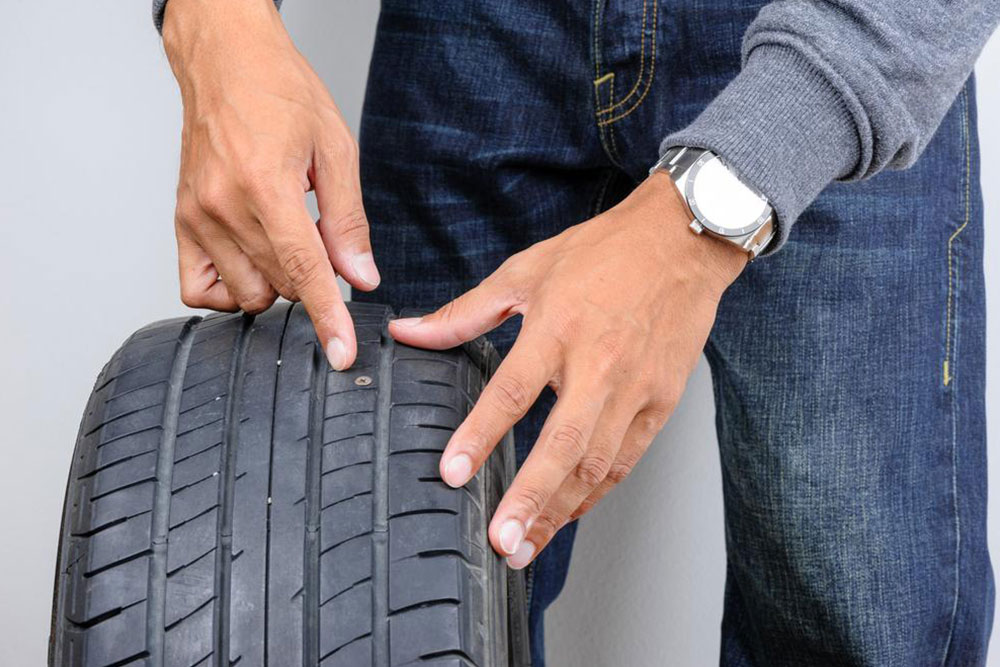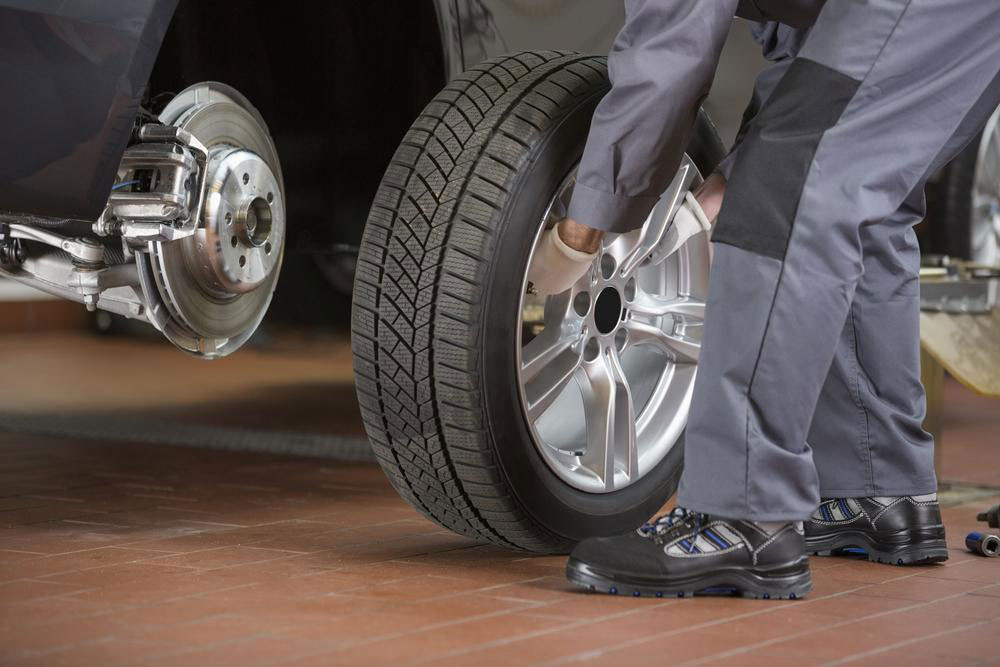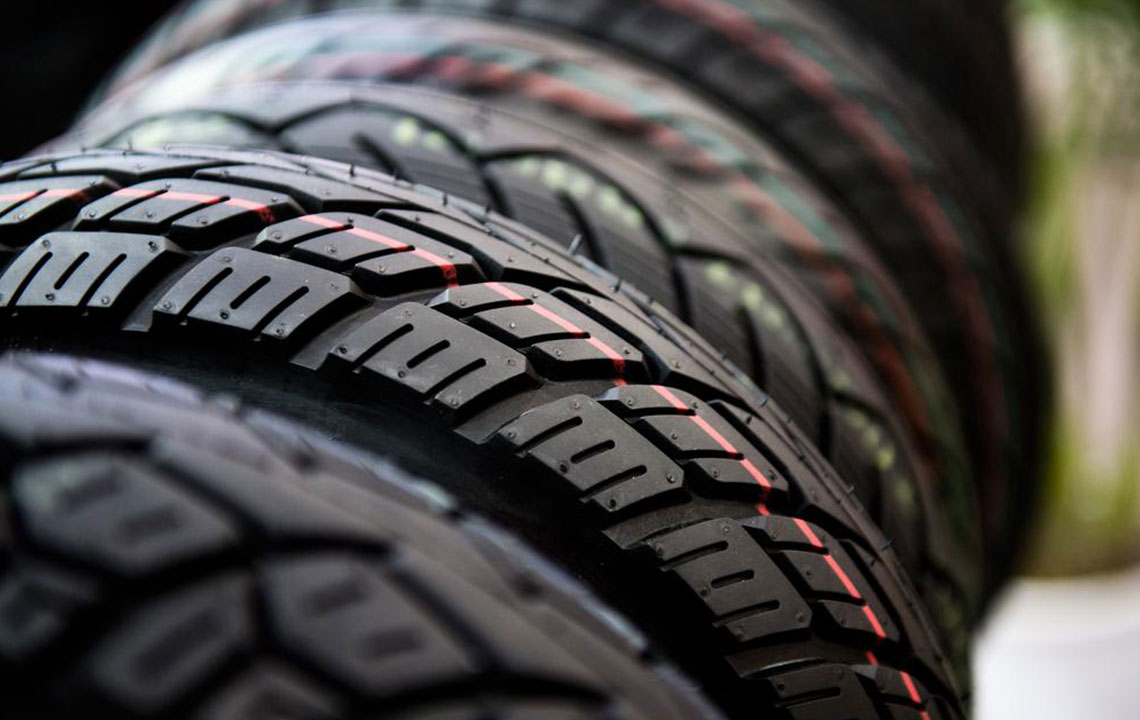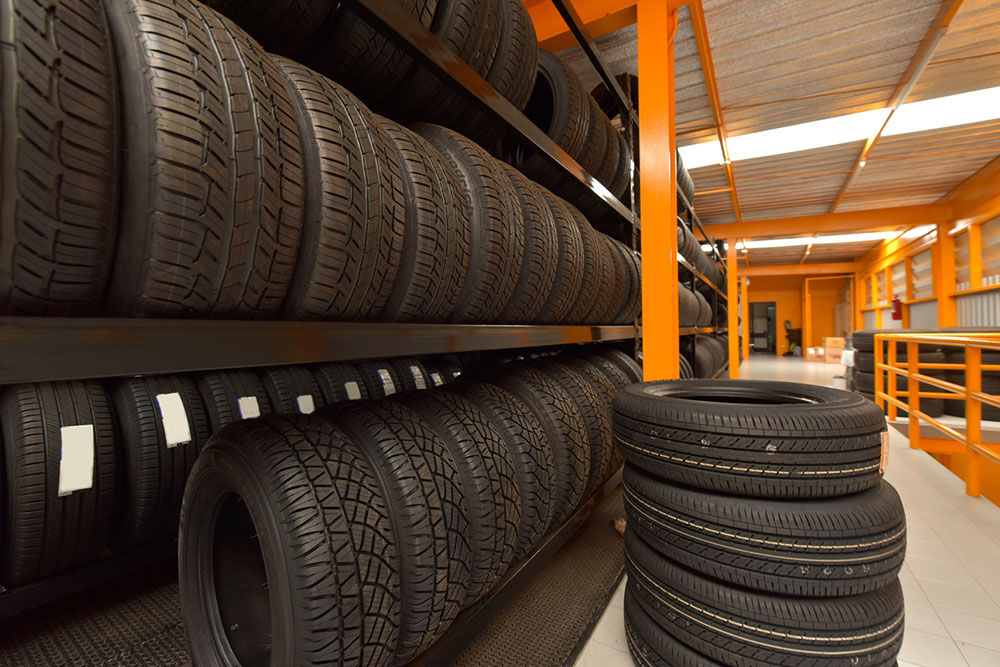Essential Insights on Tubeless Tire Technology
Discover the history and benefits of tubeless tires, a modern innovation that provides safer, more efficient performance. Learn about their development, advantages over traditional tires, and reason for widespread adoption. This article highlights key features like improved sealing, reduced risk of blowouts, and increased durability, making tubeless tires the preferred choice for various vehicles today.

Essential Insights on Tubeless Tire Technology
Experiments to develop tubeless tires date back to the 1930s and 1940s in England and South Africa. In 1930, Killen Tire in England received a patent, while Wingfoot Corporation, a Goodyear subsidiary in South Africa, patented their design in 1944. However, technical challenges hindered their production. Frank Herzegh of BF Goodrich secured a patent in 1952, closely resembling earlier designs but used chloro-butyl rubber for better air retention. The evolution aimed to improve durability, safety, and performance, leading to the widespread adoption of tubeless tires today.
The earlier designs utilized natural rubber and inner tubes with self-sealing valves, which faced issues like friction, heating, and blowouts during long drives or punctures. Tubeless tires, however, seal directly between the tire bead and rim with molded ridges, preventing air leakage even after punctures. The use of butyl rubber enhances airtightness, reducing the risk of sudden depressurization. Advantages include higher mileage, increased safety, smoother rides, and improved handling, making tubeless tires the standard in many regions today.
Note:
Our blog covers diverse topics offering useful insights. While based on thorough research, the information should not be considered conclusive. We disclaim responsibility for any discrepancies or changes in data across platforms. Readers are encouraged to seek additional sources for comprehensive understanding and note that promotions or schemes discussed may vary or be unavailable.










